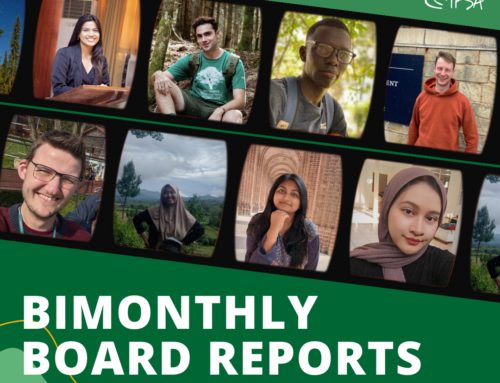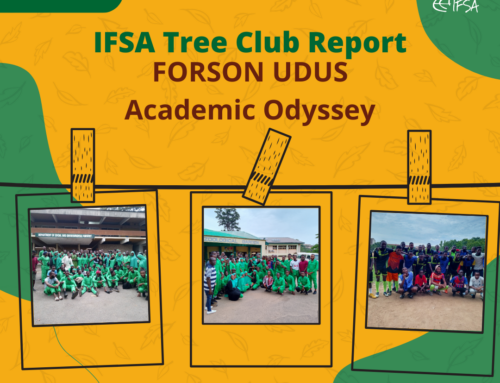pany which currently builds so called “forest cities”. They first took four small sandbanks close to their shore to begin extending and reclaiming them. Then they constructed buildings which perfectly fit in the landscape. While doing so, they transplanted all of the trees to a special wetland area, which is used for filtering water and providing a silt-curtain in the ocean to collect waste from the construction. The new buildings all function in an environmentally friendly way, such as by collecting rain water and housing solar panels. Furthermore, they have rooftop gardens and the frontage of the buildings are covered in green plants. Now they want to enhance this concept by building a more level system, which has a bottom level parking space, a second level highway under the ground and a street level city. It is so interesting, and yet so crazy – in a good way of course! Their aim is to achieve a green, environmentally friendly city, without any cars. But as Mr Yu Runze pointed out, ”It’s not about how things work now but about how you want to have things working in the future.” Hopping from session to session there was not much time for food. While some of us just grabbed some sandwiches on the street, others took the time exploring both the green and blue zones in greater depth – all the while consuming free sweet goods which magically appeared after each session. We spent the rest of the day examining every countries stands and looking for interesting sessions to take part in. Overwhelmed by the beauty of really amazing water features and 3d-projections, we stumbled across a huge digital world model at the USA office where you could let different scenarios of climate change run. This shows you, awfully directly, what is going to happen if we don’t address climate change. Tired from a long and exciting first day we left when the sun had already set and enjoyed the super moon from the bus on our way back to Medina.]]>
About the Author: Simone Massaro
Head of Web Subcommission 2018-2020




